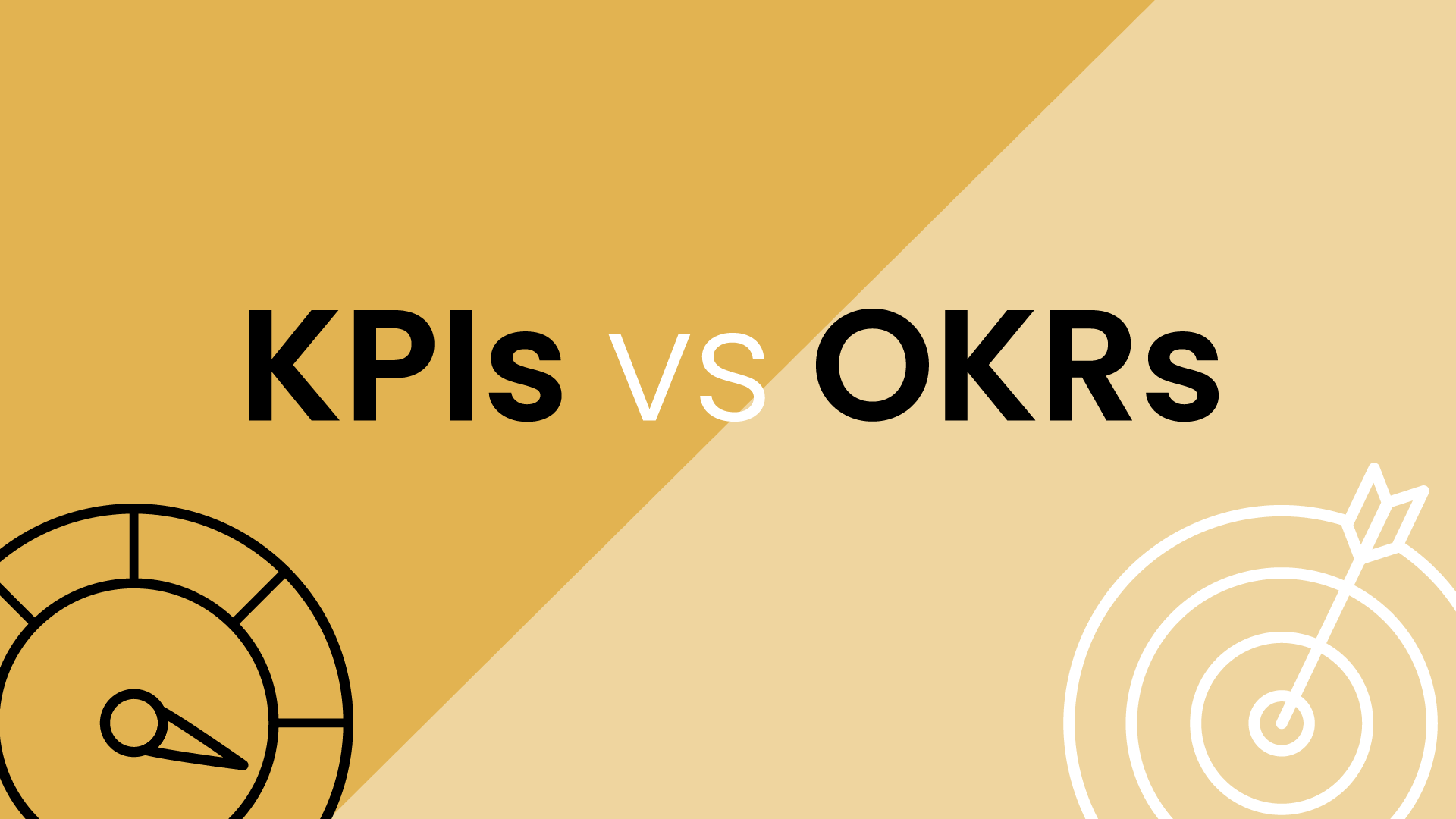

There’s never enough time in the day, and the minutes seem to slip by even faster every week. But everyone gets the same 24 hours – and how you’re managing your time always determines how many hours you get to spend working on your priority goals.
If you’re constantly missing deadlines and behind on your work at the end of every week, it’s time to look at your daily schedule to see where your time is being spent. A time audit can show you exactly where your minutes go so you can cut unproductive activities from your life and get more done every week.
Here’s your time audit guide to start reclaiming your productivity:
- What is a time audit?
- Why should you audit your time?
- Top 6 benefits of time auditing
- What should you analyze in a time audit?
- How to do a time audit in 4 steps
- Free time audit template
What is a time audit?
A time audit is an analysis of how you spend your time so you can eliminate time-wasters and focus on improving your productivity. By tracking and reviewing your daily activities, you can identify how much time you spend on each and see if this actually aligns with your goals.
To run a time audit, you need to track your activities for a period of time – and you can use a free time tracking app, a spreadsheet, or a journal to log what you’re doing. If you’re auditing your time manually, you can start by just looking at a week, but since activities vary so much week-to-week, it’s much better to use an automated time tracking app so you identify trends over longer periods of time.
Why should you audit your time?
The problem with inadequate time management skills is that despite being busy, you’re likely not budgeting enough time for your key priorities, which can lead to missed deadlines, working overtime, and more stress.
59% of Americans find it extremely difficult to balance their work and personal schedules, which is not surprising considering that the average person reports these time management problems:
- Only 2.2 hours/day of productive task work
- Wastes 40% of their workday due to a lack of organization
- Has at least 150 different tasks at a time
- Underestimates how long a task will take by 50%
- Only completes 53.5% of their to-do tasks
- Gets interrupted 31.6 times/day
It’s time to uncover the unnecessary meetings, email marathons, Slack strolls, and never-ending task-list browsing hours we waste. They're the sneaking time thieves lurking in your workday shadows.
But, because once you've uncovered just how much time these are stealing from your precious hours, you'll have an "Aha!" moment. You will see the perfect chance to eliminate those habits and become the time-management pro you were always meant to be.
Top 6 benefits of time auditing
- Eliminate unproductive meetings: A time audit allows you to ruthlessly assess the effectiveness of your meetings, identifying and eliminating unproductive meetings from your schedule so you can focus more time on your goals.
- Prioritize more time for focus work: Challenging tasks require uninterrupted focus time, and a time audit will show you whether you’re dedicating enough hours every week to productive work so you can defend more time to get stuff done.
- Minimize daily distractions: Constant interruptions are productivity killers. By auditing your time, you can see just how often you’re getting distracted and block time for shallow work tasks so they don’t pull your focus during productive work sessions.
- Improve transparency & communications: By analyzing your time and communicating what you’re working on through your calendar, you can be transparent with your team so they better understand your workload, availability, and priorities.
- Improve your work-life balance: A healthy work-life balance requires boundaries. A time audit can help you identify whether work is bleeding into your personal time too often, and help you defend more time for yourself so you can stay healthy and happy.
- Plan a better workweek: If you know where all your time is going, you can better organize your schedule so you're tackling the most important activities first, maximizing your productivity and reducing stress.
Time audit benefits can go a long way in boosting your productivity and improving your work-life balance. Sure, it might feel like a bit of tough love for your calendar and priorities, but hey, we all need a reality check now and then, right?
What should you analyze in a time audit?
The time audit process looks at all your activities so you can get a comprehensive overview of how you spend your time, which activities aren’t worth your effort, what time-wasting activities are eating up your schedule, and the goals you should invest more energy in. Let’s take a look at the top areas to analyze in a calendar time audit:
- Time in meetings
- Time on tasks
- Time on your health & wellness
- Time for your personal life
Time in meetings
You probably found this article after sitting through yet another painful meeting that turned out to be a complete waste of your time. Meeting time is one of the most important things to analyze as the average person attends 25.6 meetings/week – siphoning over half time in the workweek you could alternatively be spending getting stuff done. Before you sink any more time into pointless meetings, take a look at these time audit questions you can ask yourself about your meetings:
- How many meetings do you attend in a week?
- Which meetings are NOT aligned to your priorities?
- Which meetings do not have clear goals or agendas?
- What client and team communication needs to be defended on your calendar?
- Which meetings are recurring or repetitive (and do they have to be)?
- How much time do you spend in each type of meeting – 1:1 meetings, team meetings, status meetings?
- How often are these meetings rescheduled or canceled?
- How many meetings do you decline a week?
- How many large meetings (with 8 or more people) do you attend every week?
- How much time do you spend setting up meetings?
- What’s your lightest and heaviest meeting days?
Time on tasks
Many people consider their calendar as merely a place to log meetings and events – but how are you going to get enough time for your task work if it’s not protected on the calendar? The average professional wants 8.3 more hours/week for task work to keep up with their goals. By simply looking at how much time you’ve dedicated to your high-priority tasks through a time audit, you can determine what you need to defend every week to stay productive at work. Ask yourself:
- How much time do you average on task work every week?
- How long are your task work sessions – are they long enough for you to hit a productive flow?
- How much of this task time is productive vs. unproductive?
- What’s your most productive task day of the week?
- How many tasks do you have planned this week?
- How much time do you need to complete your planned tasks this week?
- If you don’t have enough time for all, which tasks will you prioritize first?
- How often is your task time interrupted by email, Slack, or multitasking?
- Are you defending time for shallow work tasks a couple times a day so they don’t interrupt your productive task sessions?
Time on your health & wellness
Defending your daily work-life balance is crucial for your mental health, happiness, and productivity. Scheduling time every day for lunch, a walk, or even short breaks after meetings is often overlooked when planning out the workweek. Reflecting on your health and wellness goals during a time audit allows you to see where you should prioritize more time for yourself. Ask yourself these questions when evaluating your health and wellness time:
- How many times per week are you skipping a meal because you’re too busy?
- How many times per week are you able to exercise?
- How many breaks are you able to take each day to stretch your legs and give your eyes a break from your screen?
- How many times per week are you able to give your mind a rest, or meditate?
Time on your personal life
The last, but very much not least, aspect to analyze in a time audit is how well you’re prioritizing personal time for you and your family. Your professional life is a significant part of your week, but do your personal goals get the same level of dedication? If you’re sacrificing family dinners, date nights, weekends, or vacations because you’re too busy at work, it’s time to realign more time to your personal life before you burn out. Ask yourself:
- How many hours of overtime do you average in a week?
- How many times per week are you interrupted by work during your personal time?
- How many days of vacation do you take a year?
- How many days were you out sick in the last year?
- How much time per week are you defending for your personal hobbies and interests?
- How many days last month did you feel burned out from too much work stress?
How to do a time audit in 4 steps
Starting your journey towards better time management is about knowing exactly how you spend your time every week, and the best way to do this is automatically tracking your time. Since we’re doing this time audit exercise to save time, the last thing you need is to add another task to your list to log your activities all day long. Get the data you need to identify productive and unproductive trends in your time so you can regain control of your schedule effortlessly.
Let’s walk through the step-by-step guide to get started with your time audit.
1. Set up your time tracking
The first step needed to perform a time audit is setting up your free time tracking app by simply connecting your calendar so you’ll automatically see where your time goes every week. You'll want to do this right away so you can get in the habit of tracking each of your time activities through your calendar. As mentioned, automatically tracking your time is way more efficient so you don’t have to manually log your activities all the time.
Here are the steps to prepare your calendar for an automated time tracking audit:
- Sync your calendars: In order to see where all of your time goes, sync your personal and work calendars so you can track your time across all daily activities and better plan your availability.
- Block time for tasks: Next, sync your task list so you can defend flexible time for everything you need to get done and track what you accomplish every week.
- Block time for Slack/email: Dedicate blocks to catch up on emails and Slack messages to prevent frequent distractions and to track how much time is dedicated to these shallow work tasks.
- Personal activities: Of course, you can't have all work and no play. Be sure to block time for your personal pursuits, activities, and events so you can see if you’re getting enough “you time” week after week.
2. Analyze your data
Time to get nerdy with your data! Take a look at your weekly time trends across activities and play detective with the results. We're talking meetings, tasks, and even your precious personal time.
- Time in meetings: Did you swim in 1:1 meetings, spend your week in project discussions, or get lost in the team huddle? And did these meetings actually achieve what they set out to? Are there any excessive meetings that could be consolidated into fewer, more organized sessions?
- Time on tasks & work routines: Did your top-priority tasks get the attention they deserved? What didn’t you have time to accomplish? How much extra time do you need next week to hit your work goals?
- Time for health & wellness: Have you been making time for regular exercise and physical activity? Has your calendar been so jammed-packed that you're too tired to workout at the end/beginning of the workday?
- Time for your personal life: How many days in the week did you get time for lunch, had dinner with your family, or catch up with friends? Do you need to defend more time for your personal life to prevent it from getting pushed by other commitments?
This powerful time audit data will show you if you’re being proactive about planning your time around top priority goals, or reactively allowing unexpected daily requests for your time to continually compromise your plans.
3. Prioritize your time
Now that you know where your time is going, how well does your current schedule reflect your actual goals? If you’re a salesperson who needs to bring in 20 new accounts this month, then you should probably be focused on setting up as many meetings as possible. But if you’re an engineer who needs to stay heads-down in code, meetings should not occupy a majority of your workweek. Get very clear on your goals and put them in priority order from day-to-day habits, to long-term projects – so that you can start allocating your time appropriately to meet those goals.
Here are some questions you can ask yourself when prioritizing your time:
- What are your top-priority tasks you need to focus on this week?
- Which tasks can be delegated, delayed, or canceled?
- Where can you consolidate tasks?
- Which meetings do you need to attend this week?
- Are there any meetings you can skip or cancel?
- Did you protect time for health breaks every day to stretch your legs or grab lunch?
- Which personal activities do you want to prioritize this week?
- Which family activities do you need to prioritize this week?
Taming your schedule starts with priorities. Block off time for what matters most, then build defenses around those blocks to say "no" to distractions and make sure your most important goals get done.
4. Adjust your schedule
After your review, it’s time to design a schedule that defends time for the things that matter most, while allowing you the flexibility to accommodate unforeseen daily happenings.
Here are 10 time management changes to improve both your work productivity and work-life balance:
- Add two 30-minute Habit time blocks each workday day to catch up on emails and notifications.
- Add a 30-minute Habit time block on Mondays to create a weekly action plan, prioritize your tasks, and review your automated time audit from last week.
- Integrate your project management app or task list with your calendar to defend flexible time to get stuff done.
- Schedule a no-meeting day every week.
- Blocking time for habits that are important to you like meditating, going for a walk, or eating lunch.
- Auto-schedule your 1:1 meetings so they reschedule around conflicts and PTO.
- Decline any unproductive meetings on the calendar.
- Change the priority level of meetings you’d be willing to skip in Reclaim so you can offer these time slots for urgent meetings that come up.
- Create work hours to keep your work tasks and meetings from spilling into your nights and weekends.
Of course, a time audit isn't a one-and-done process. Keeping up with ongoing time audits manually can be challenging – especially with the already-packed calendar that likely brought you to this post! Integrating a time-tracking tool like Reclaim.ai with your calendar can be incredibly helpful in designing a system that aligns with your evolving schedule and priorities, without the added stress.

Free time audit template
If you’re still managing your time through a paper planner or hard-copy calendar, here’s a free template below to conduct your own time audit. However, if you use an online calendar, it’s best if you use automated time-tracking software like Reclaim.

Maximizing your time & productivity 🚀
Optimizing your productivity means being proactive and defensive with your most valuable resource – your time. Online calendars have become staples in many people’s lives, but they don’t necessarily work for you in offering statistical insight or implementing a better time-management system.
By automating your time audits and building a schedule that helps you minimize distractions, get more things done, and defend important tasks and habits, you can reclaim your time and make the most of your productivity – even with just 24 hours in a day.
Productivity Trends Reports
AI calendar for
work & life
Auto-schedule focus time, meetings, & breaks.
Create your free account →CONNECT YOUR CALENDAR





























